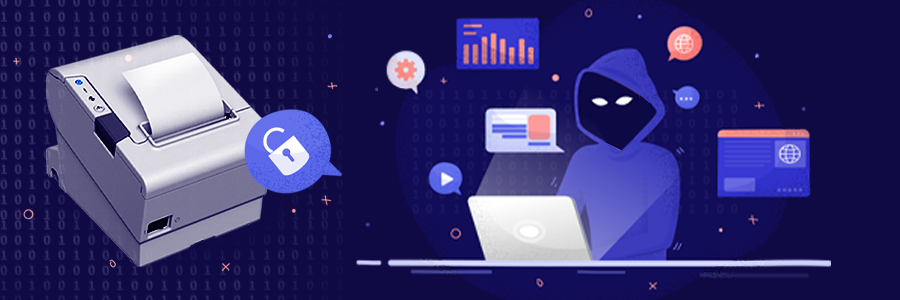
Overcoming the cybersecurity risks that come with hybrid work models has been one of the greatest challenges that businesses in Canada have had to face over the past two years.
A large part of that has been securing the range of devices employees now use for work – with many adopting a Bring Your Own Device (BYOD) strategy – to protect your organization’s network, assets and data.
While some organizations have used this as an opportunity to greatly strengthen their cybersecurity to account for a BYOD strategy, too many are forgetting to secure some of the less used devices – like printers – and it is leaving their organizations’ entire network exposed.
The Impact of Unsecured Printers
Many may assume the impact of a cybersecurity breach on a printer could only be minimal, but because it can be used as a gateway to your entire network the consequences can be extreme and are much more common than you expect.
In fact, research shows that 11% of all security incidents reported by enterprises were printer related, and rather shockingly, 60% of enterprises have at one point in their history experienced a data loss due to a printer security breach. The average cost of a printer-related data breach has been reported at more than $500,000 CAD.
With such costly consequences, it would be safe to assume that this has taught businesses to put more focus on securing these lesser used devices, but that does not seem to be the case. Less than half (48%) of organizations regularly apply firmware updates to their printers to ensure cybersecurity measures are upheld. Perhaps even more startling is the fact that 90% of organizations don’t even know how many printers they have within their facilities, let alone keep them all up-to-date on cybersecurity updates.
Without visibility into their network of devices – including printers – businesses cannot expect to ensure the cybersecurity of their organization and the valuable data and assets within it.
Best Practices for Securing Printers
With the advancements in today’s technology, Internet-enabled printers are essentially mini-computers and require the same monitoring and protection that any other computer or smartphone within your network would require. Too often, however, unless they stop working, printers are pretty much ignored by organizations and their IT teams, creating an easy way into a business’s network for bad actors looking to exploit vulnerabilities.
To ensure the security of their entire organization and its network, businesses must employ some best practices to secure their printers, including but not limited to regular firmware updates to prevent unauthorized access to printers, regular operating system (OS) and app updates to patch vulnerabilities and employing certificate provisioning to secure network communications.
With the right Enterprise Mobility Management solution, organizations can not only gain complete visibility into their network of devices, but also the control they need to remotely diagnose and repair any issues with their mobile devices, monitor for cybersecurity breaches, and ensure regular firmware, app and OS updates are applied on schedule with your cybersecurity strategy.



